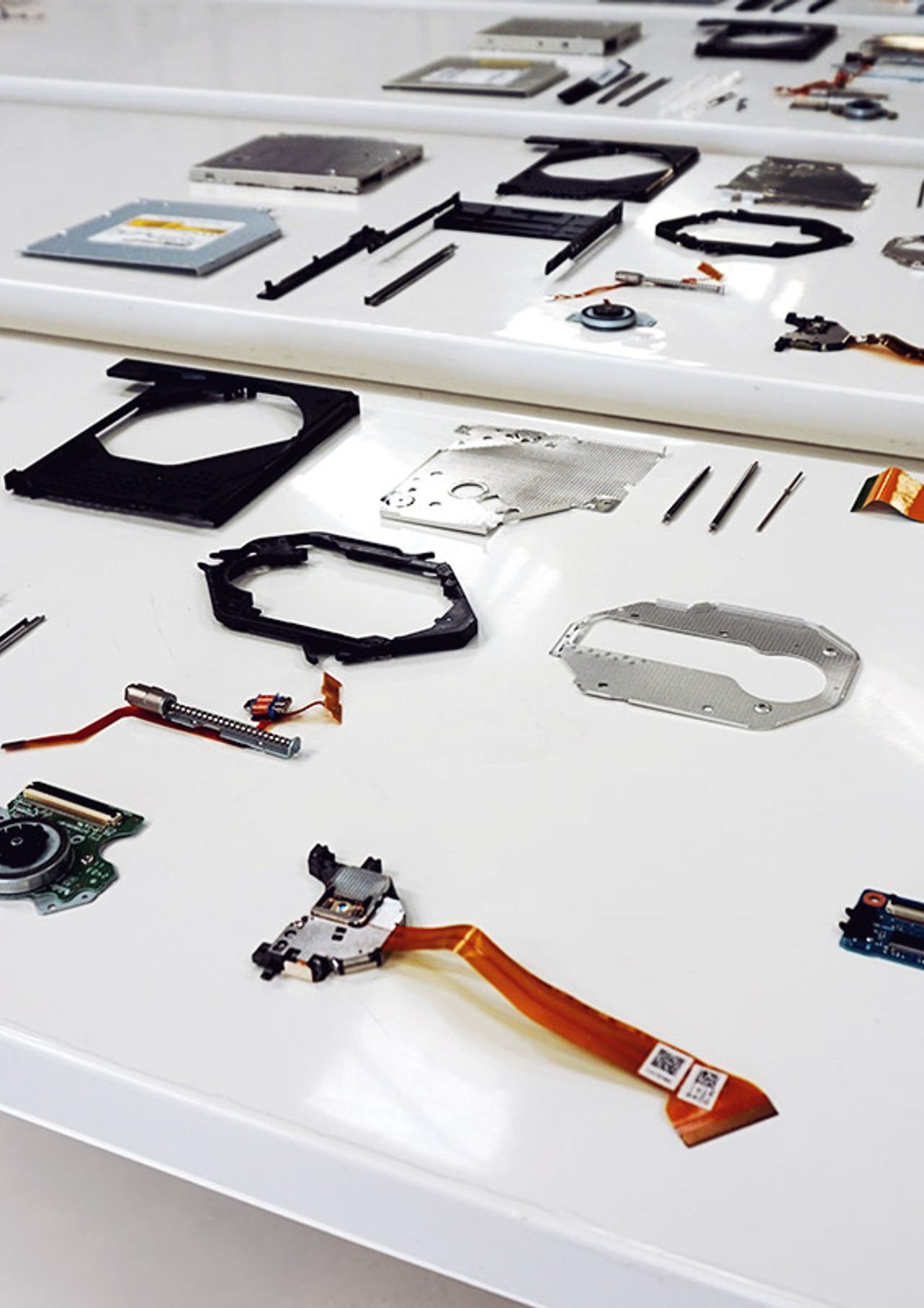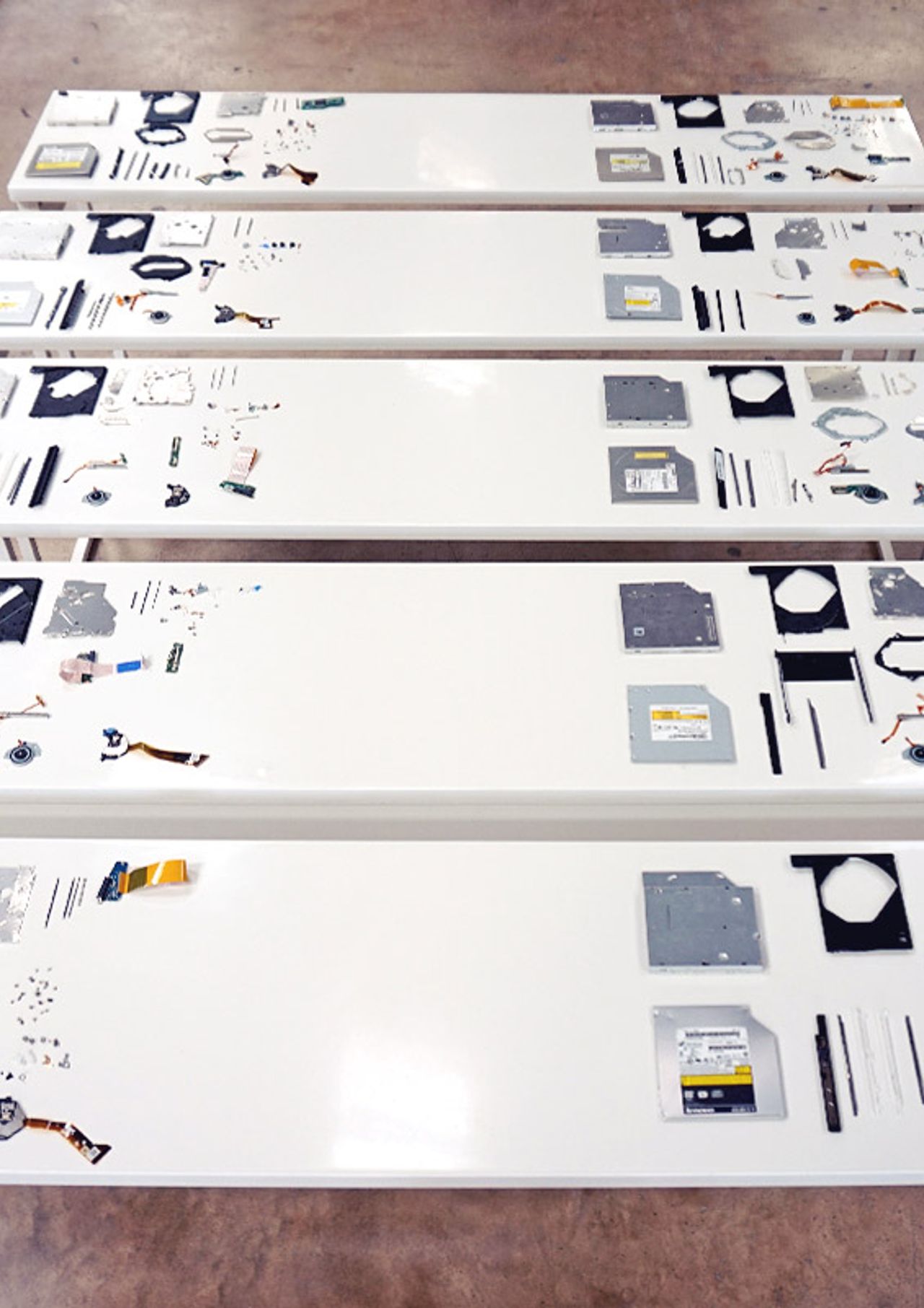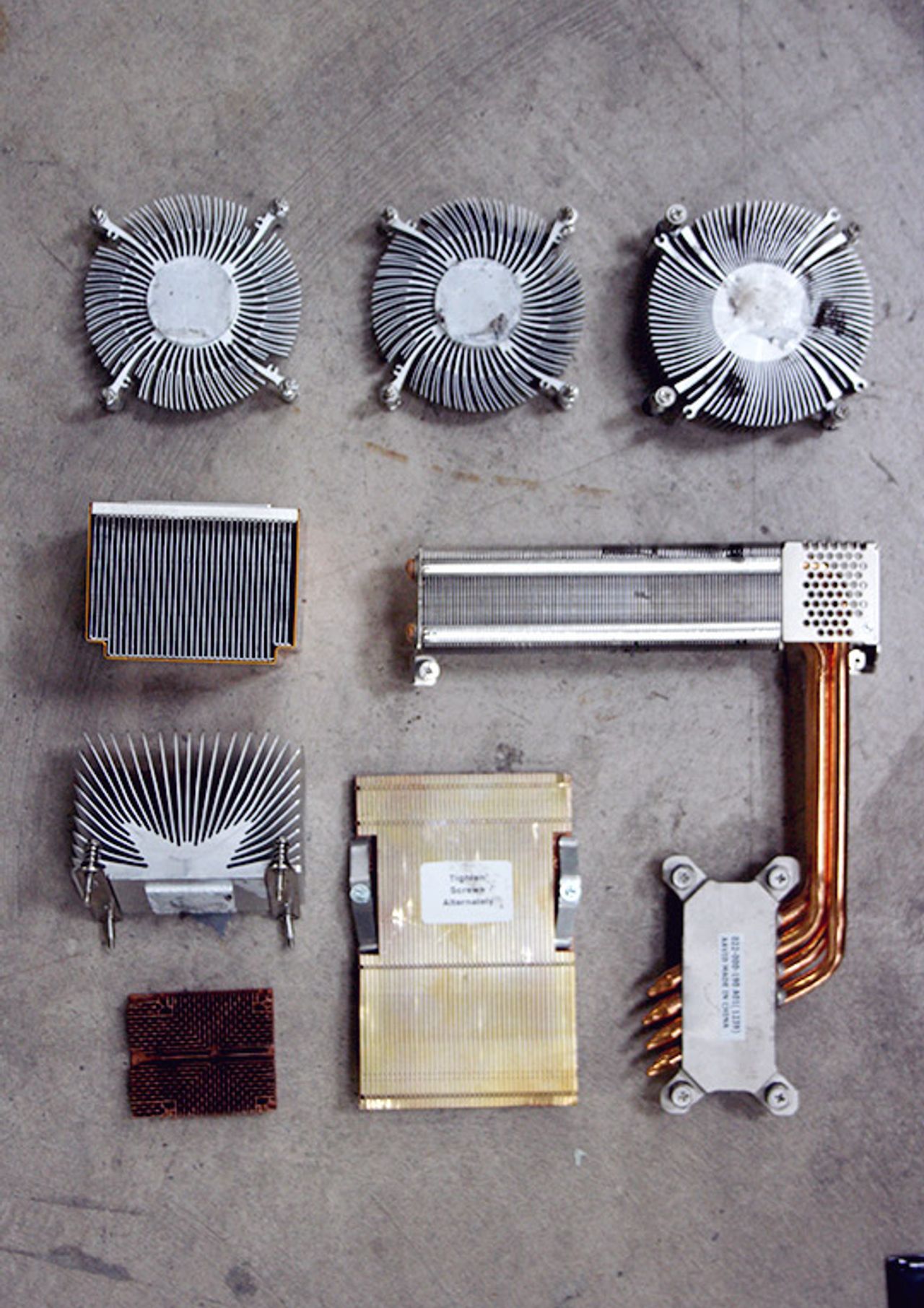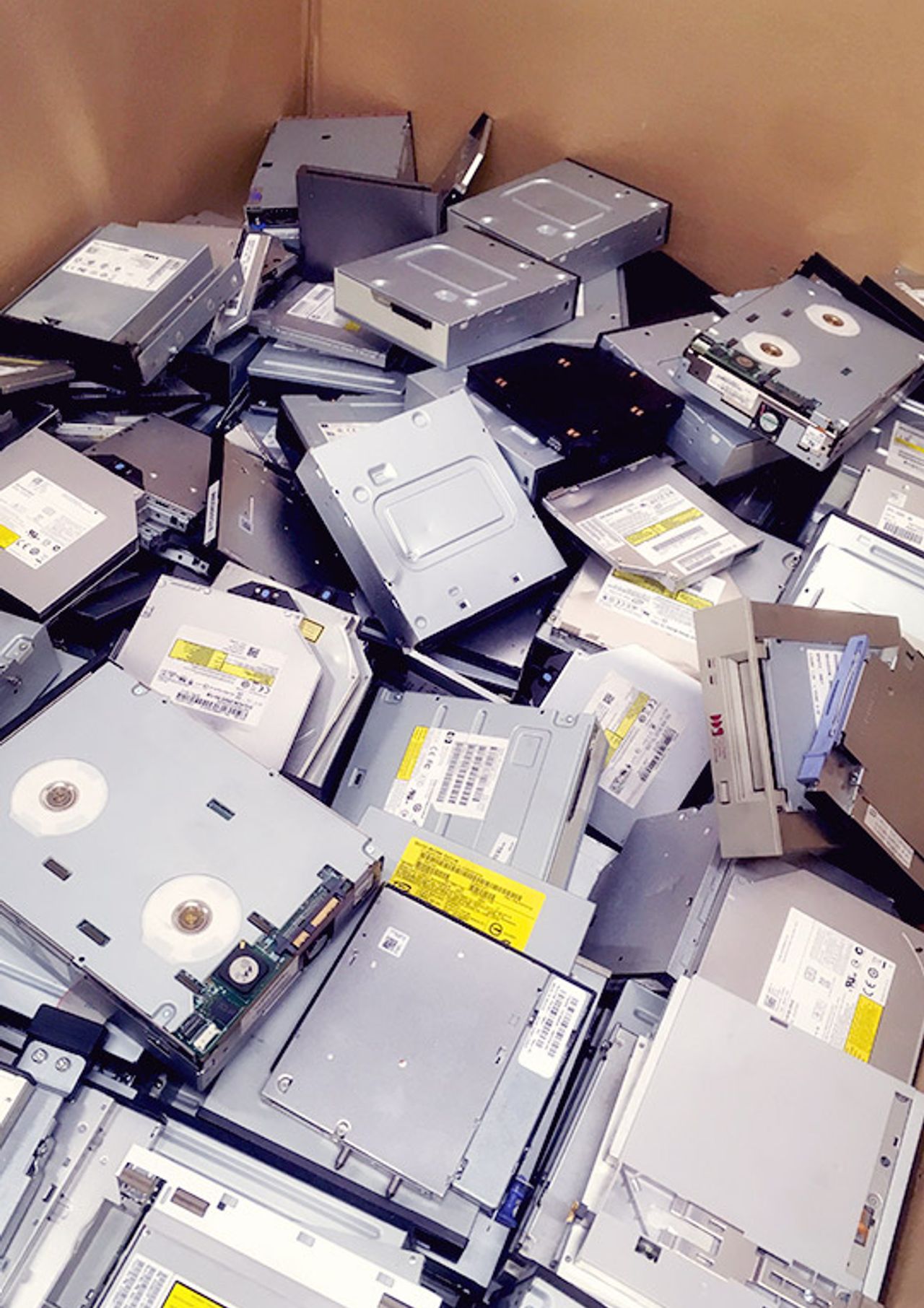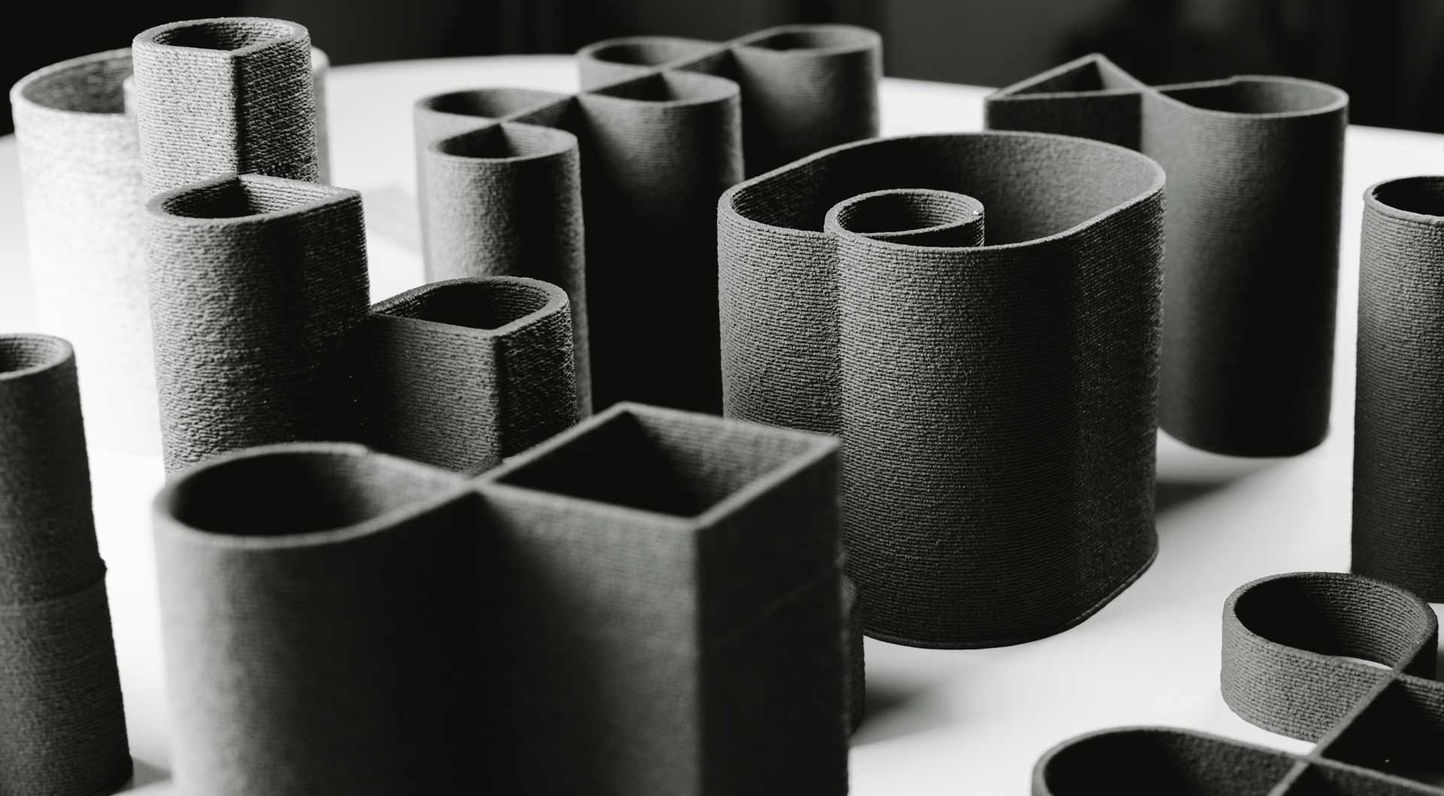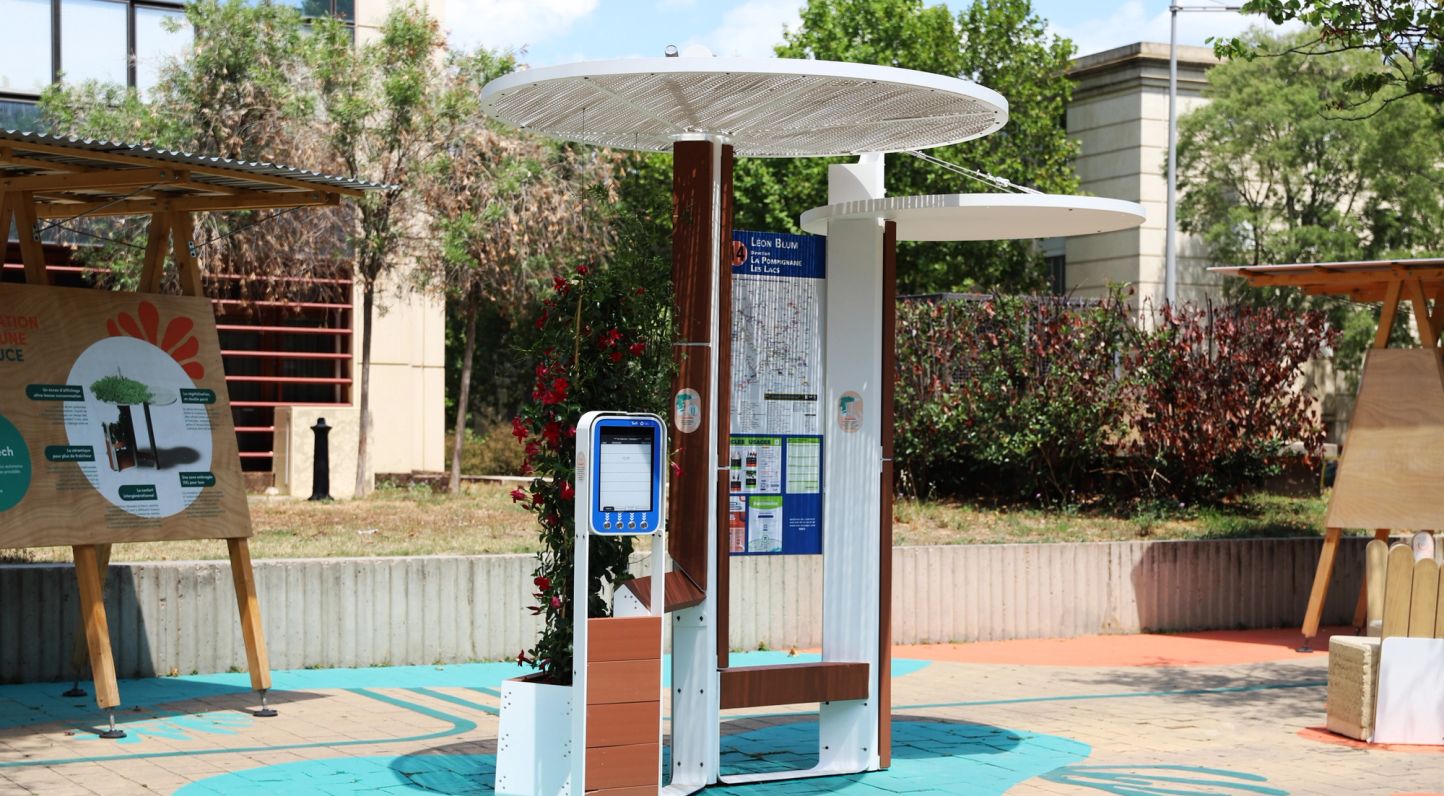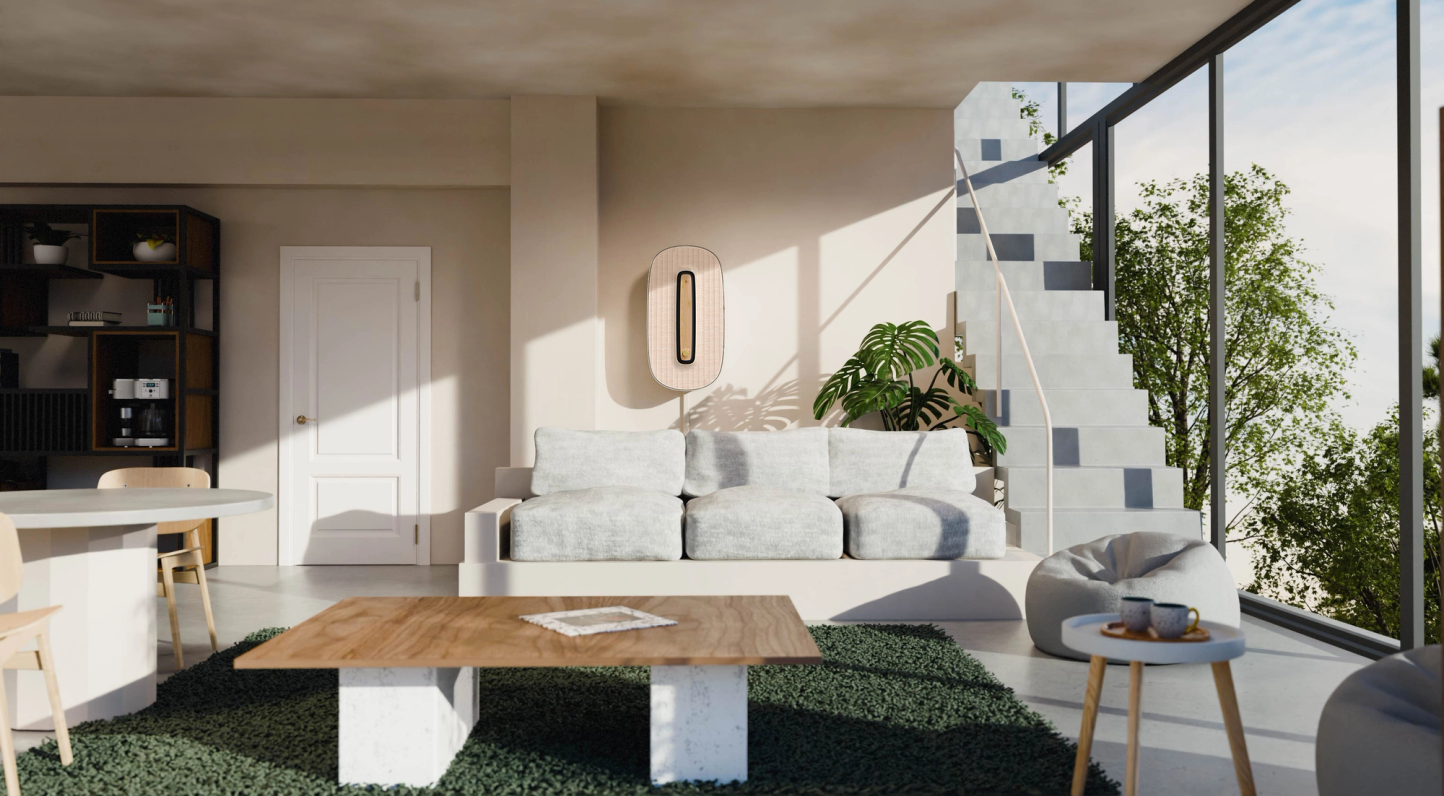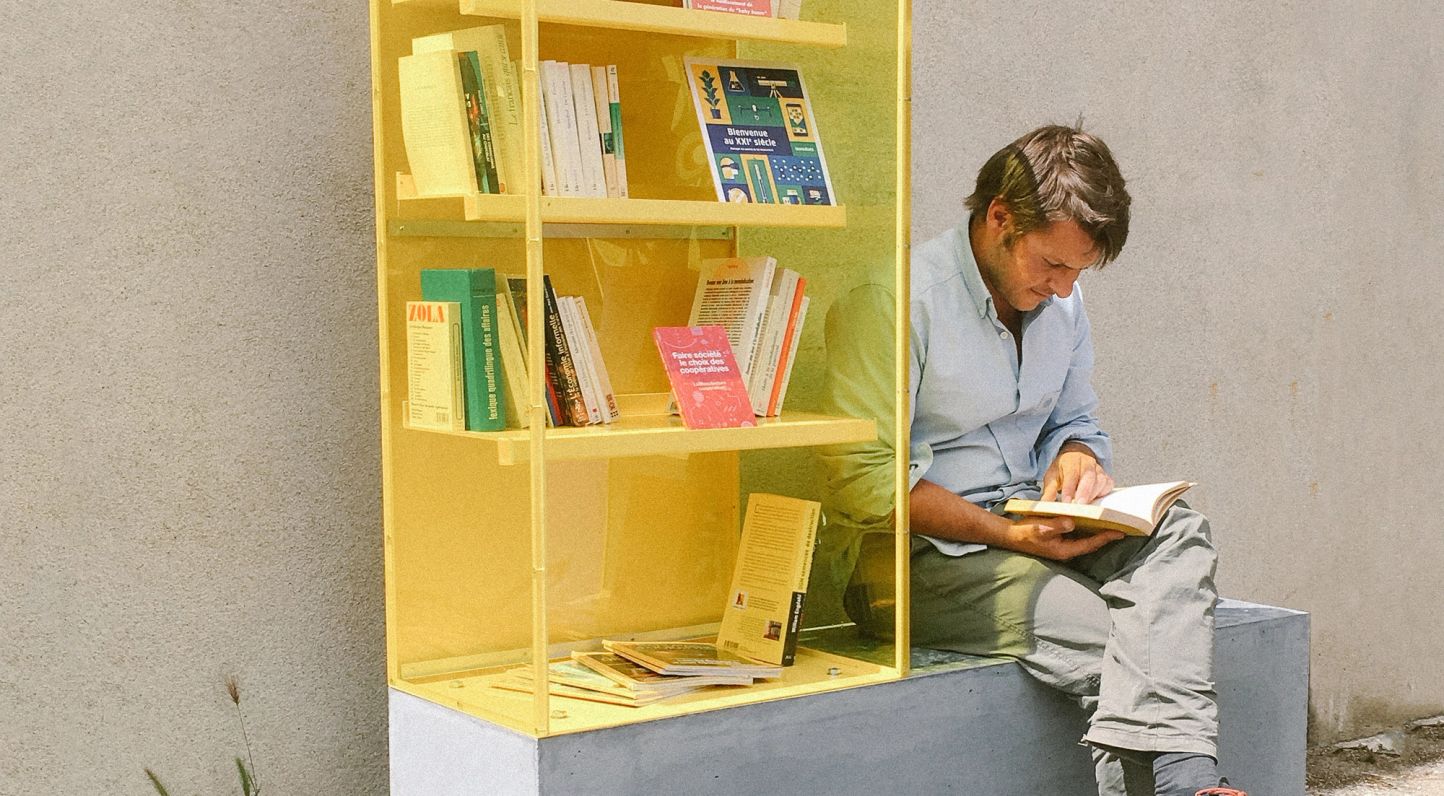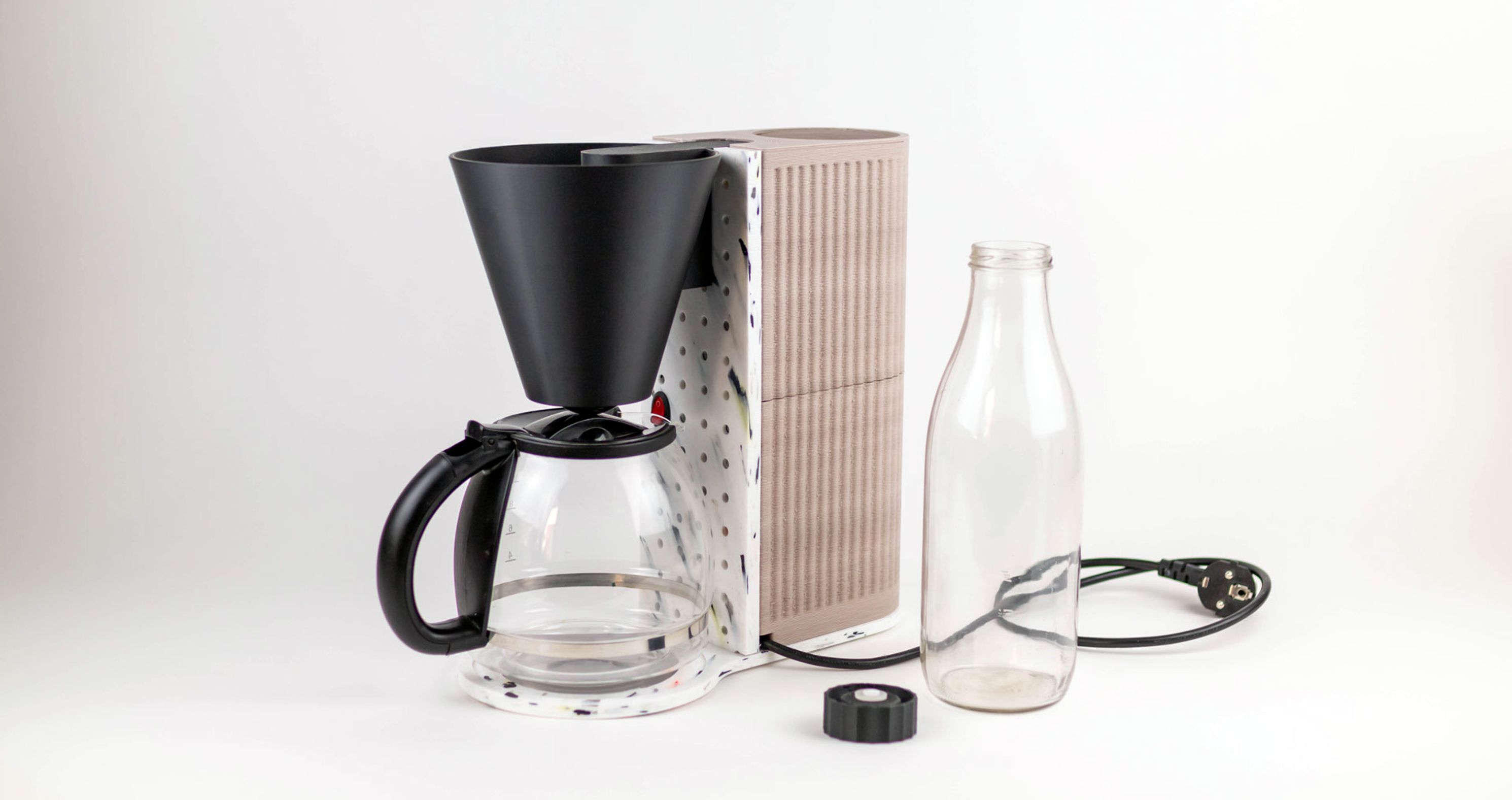
Desiring What is Discarded
01.Brief
At the start there is the following observation: our consumption and use of digital, electrical, and electronic objects have a growing ecological impact.
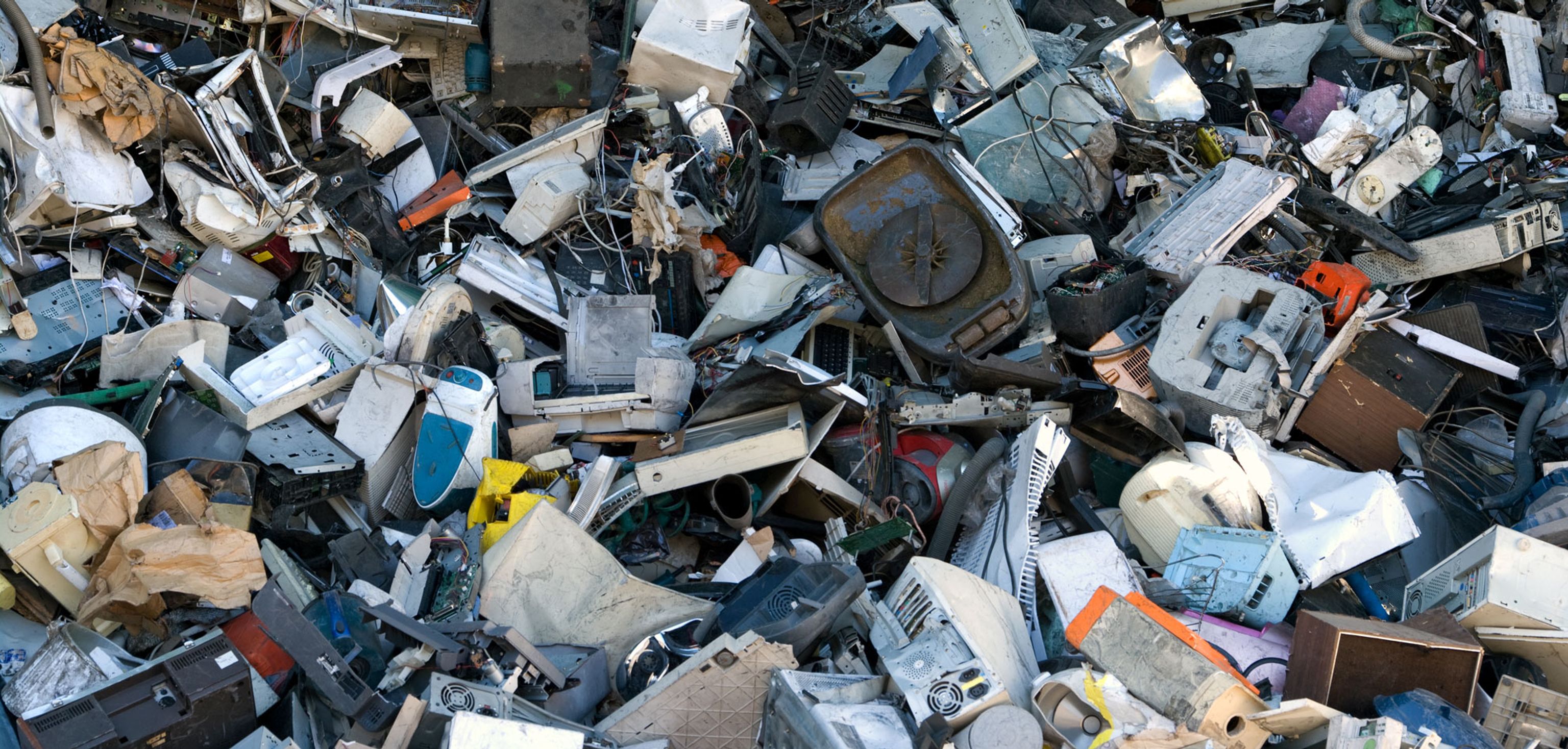
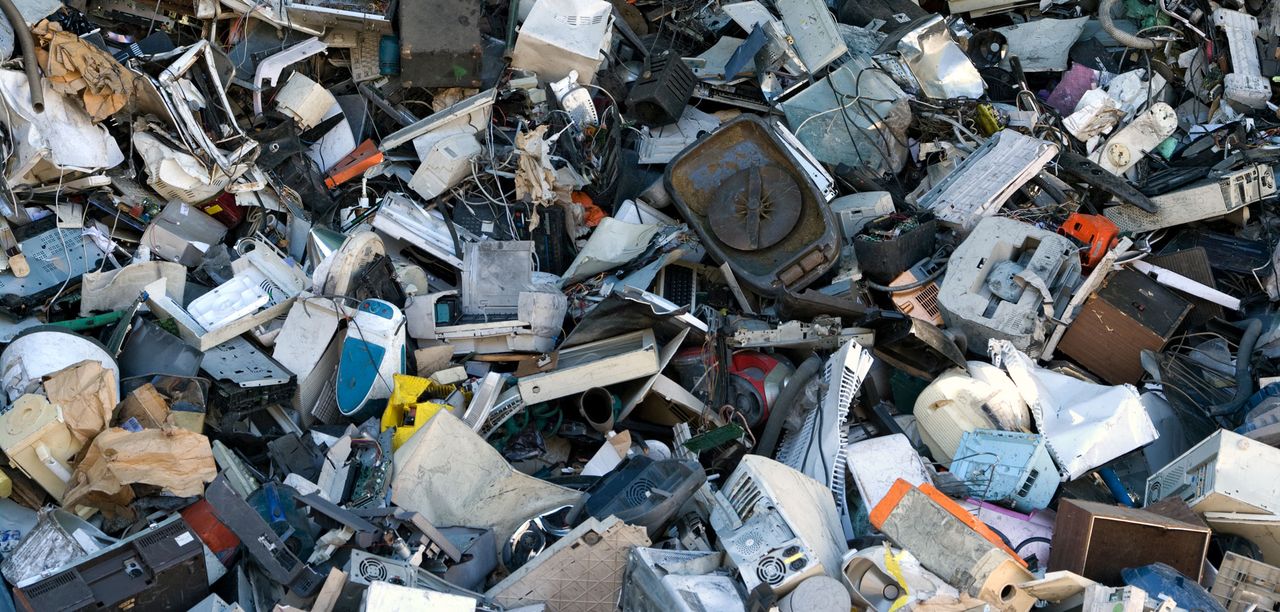
" 150,000 electronic objects are discarded every day in France "
Greenhouse gas (GHG) emissions related to digital devices have significantly increased between 1990 and 2020. Starting from the premise that certain machines, by using energy to perform work, are essential for human development, it becomes crucial to design them in a more sustainable and resilient way. In the digital industry, novelty is often seen as an economic driver, encouraging the continuous production of devices and an increased consumption of non-renewable resources. It is necessary to deconstruct this logic in order to reduce the extraction of fossil materials and limit GHG emissions. This involves identifying strategic points in the supply chain where design can effectively intervene and propose replicable solutions to transform these practices.
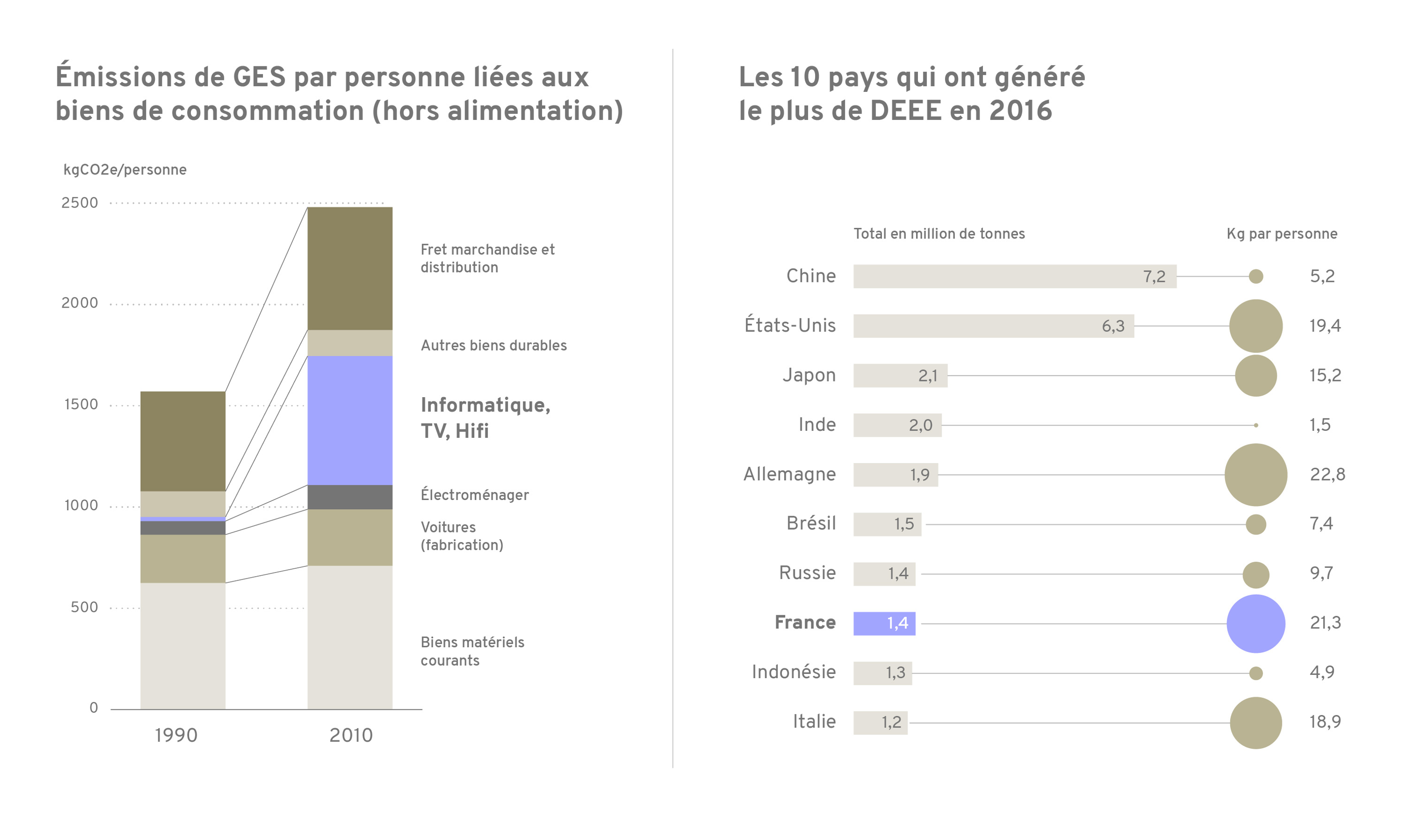
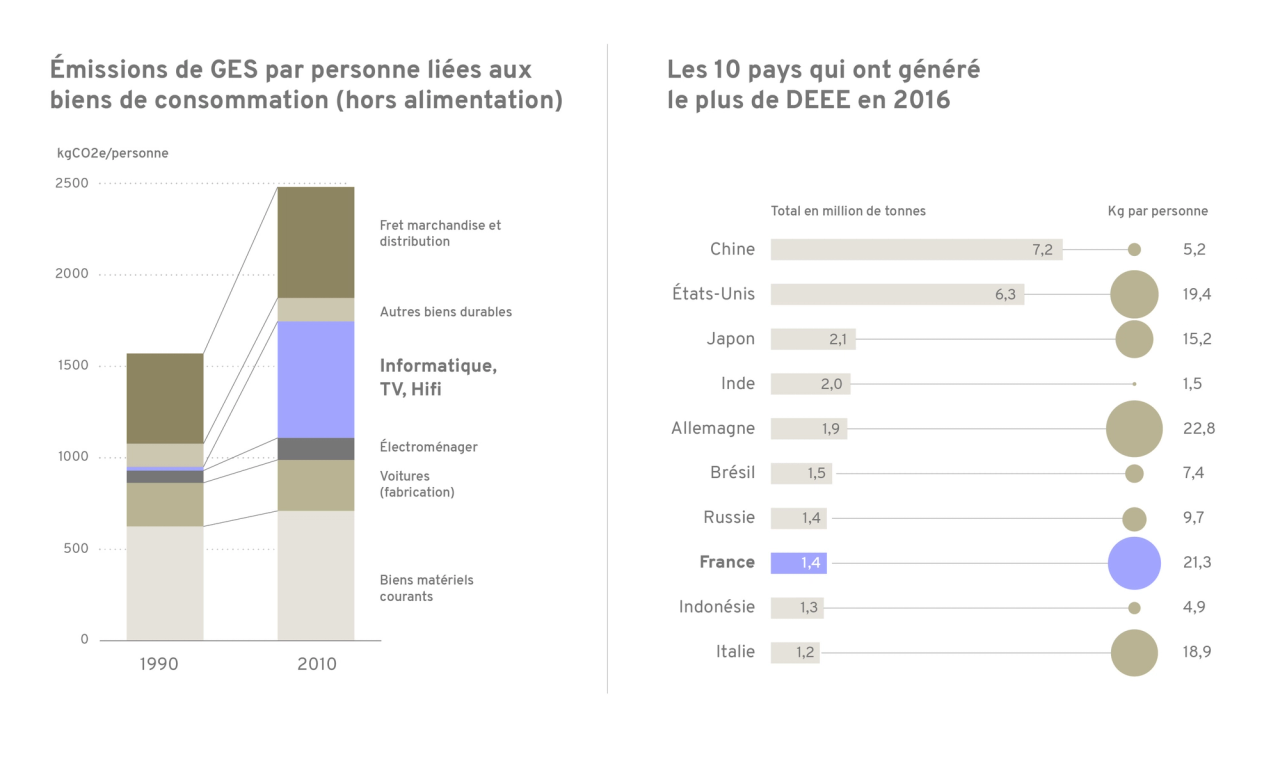
02. State of the field
There are four main types of impacts related to digital technology:
- The extraction of fossil resources (rare earths)
- The manufacturing of objects (supported by energy-intensive and centralized technical means)
- The use of objects (involving data storage and transfer requiring infrastructure)
- The end of life of objects, which become waste.
In 2018, the digital industry produced around 50 million tons of waste electrical and electronic equipment (WEEE). In France, about 50% is collected. Among the collected WEEE, over 90% are household WEEE—our waste—and 10% are professional WEEE. Besides their enormous volume, household waste poses a significant issue of heterogeneity: we do not know what is in the bin, and we cannot precisely determine what is sent for recycling. All ‘recycled’ WEEE is, in fact, shredded—and processed by the ton. The increasingly miniaturized objects, composed of ever more varied components, make the recycling of materials increasingly difficult.Their dismantling is currently very marginal, with nothing allowing for the reinjection of elements into production, even on a small scale. We believe there are actions to take at this level.
03.The essence and objectives
Design, with its tools, can promote energy frugality by designing systems and objects based on constraints, such as the reuse of materials. Currently, the treatment of electronic waste relies on shredding to recover materials, a "downcycling" practice that doesn't allow for the creation of equivalent objects without a high ecological cost, particularly for precious metals like gold and silver.

Discarded objects are considered unusable and obsolete, even though most of the components they contain still function. By recycling, we destroy highly technical elements… If we consider dismantling them instead of shredding them, WEEE constitutes a ‘resource already there.’
Therefore, we focus on the reuse of elements initially destined for recycling.The solutions we find will necessarily be local; they must be replicable and, in this sense, should be developed as Open Source.
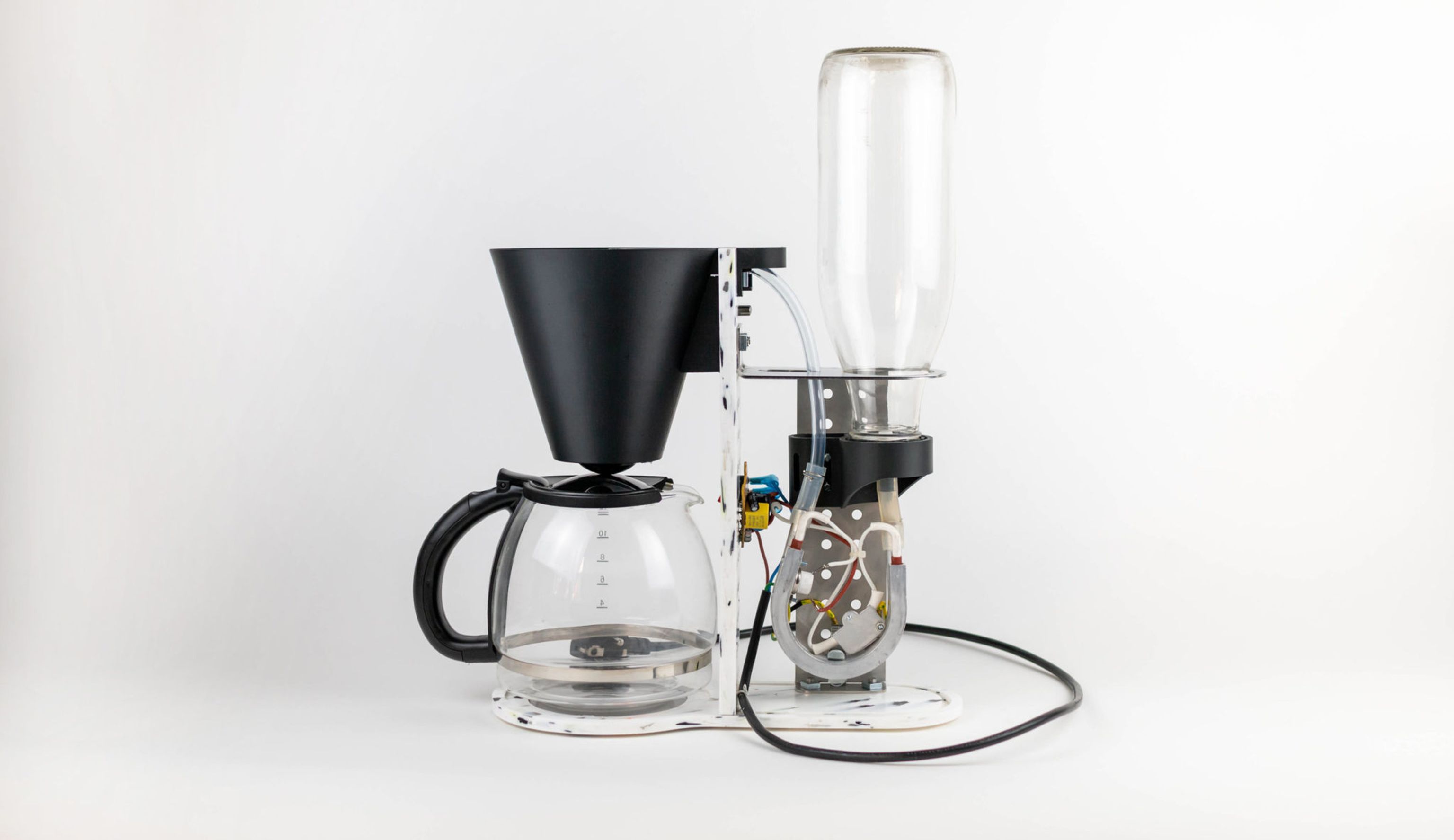
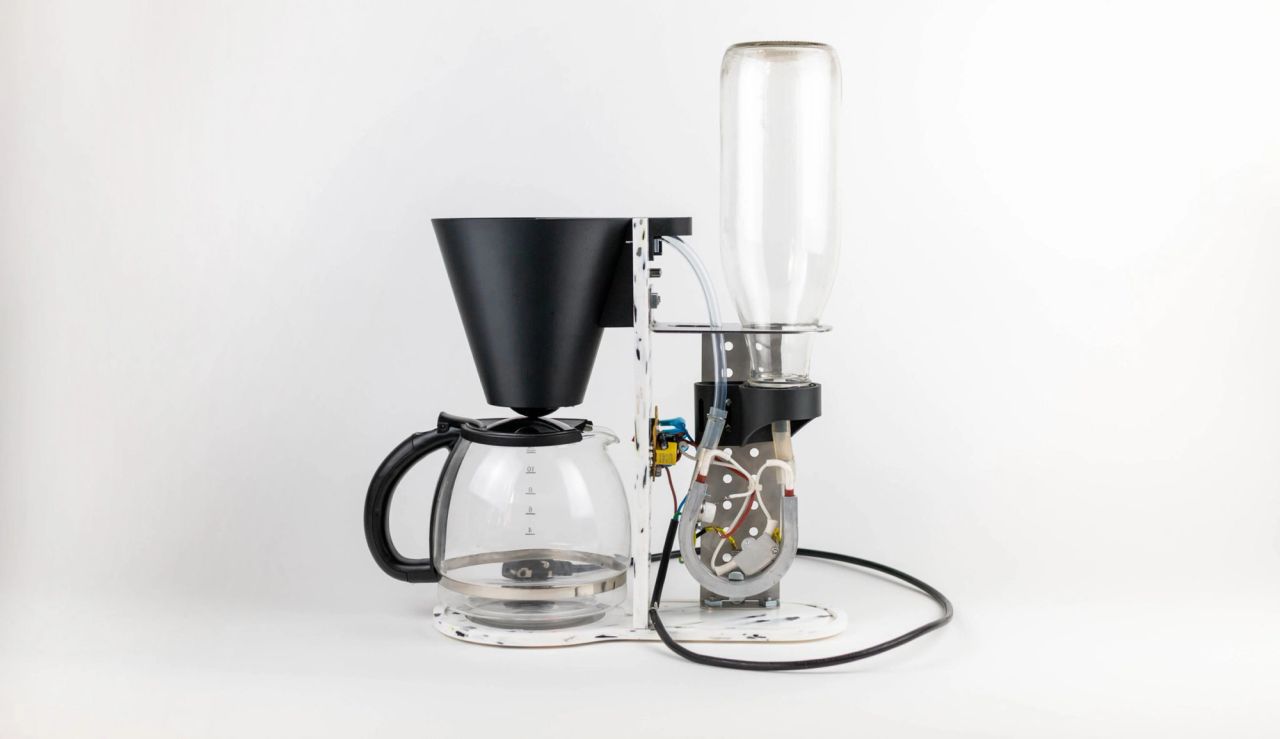
WEEE constitutes a “resource already there”
The agency has decided to apply its design approach to the entirety of the project.We address it through the notions of usage, process, organization, or service, but according to a specific line of thought: how can we reuse the functional elements (components and subassemblies) of WEEE?
We aim for a replicable action, on a semi-industrial scale.
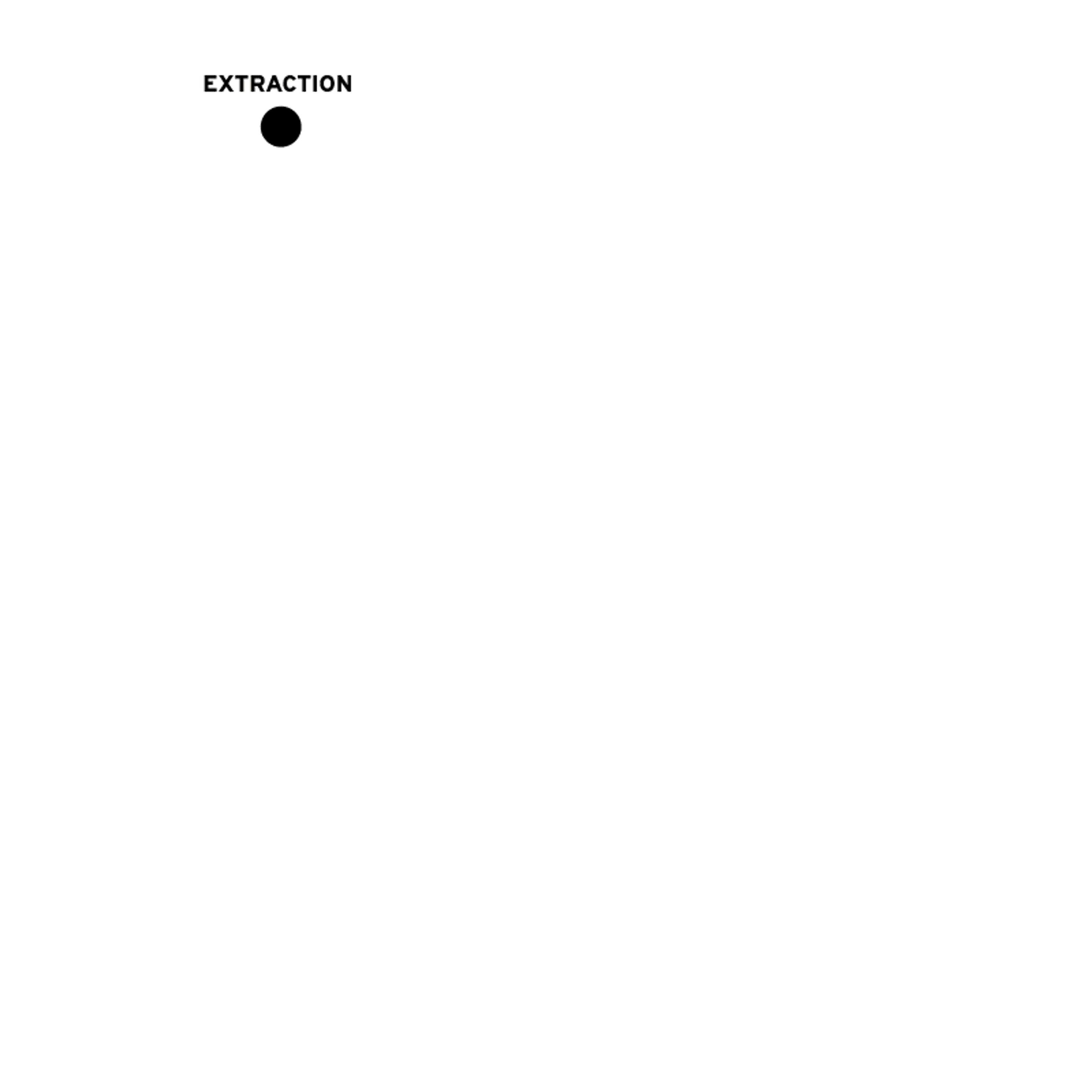
04.Collaboration Actions
Within this complex supply chain, we cannot work linearly: we feed our reflections through exchanges, pooling our research, and experimenting with new avenues.
Our field studies have allowed us to identify potential sources. Between a company that collects household WEEE (Emmaüs, Réseau Envie…) and a specialist in professional WEEE (Nodixia, APF, …), the stakes, means, and objectives differ: one will collect heterogeneous waste that will meet many uses, while the other will focus on collecting large quantities of the same model.We also collaborate with the Kedge Design School in Marseille and the Projekt Laboratory at the University of Nîmes: together with Marie-Julie Catoir-Brisson and Susana Paixão-Barradas, we develop workshops where students are invited to imagine new design modalities and practices for low-tech design.

05.Work in Progress
Finally, as a design agency, we express our ideas through concrete projects, manifest objects that aim to demonstrate the design hypotheses we have previously described and to embody and promote the project as a whole.
1/3 Collect
We start with the concrete: we constantly recover EEE devices and dismantle them to document them. Findings from this dismantling: ±80% of the recovered devices are functional. And ±95% of the extracted elements are functional. For many types of objects, even if the models are heterogeneous, the components they contain are standard. Indexing and reuse are therefore possible.
2/3 Reuse
Design must create a new aesthetic for WEEE (Waste Electrical and Electronic Equipment) based on modular and scalable architectures, suitable for the reuse of components. These neo-objects of the Anthropocene era, unique yet technically standardized, should be replicable and adaptable to local industrialization. The FabUnit, a medium-scale manufacturing workshop based on the circular economy, offers a model to bring this vision to life.
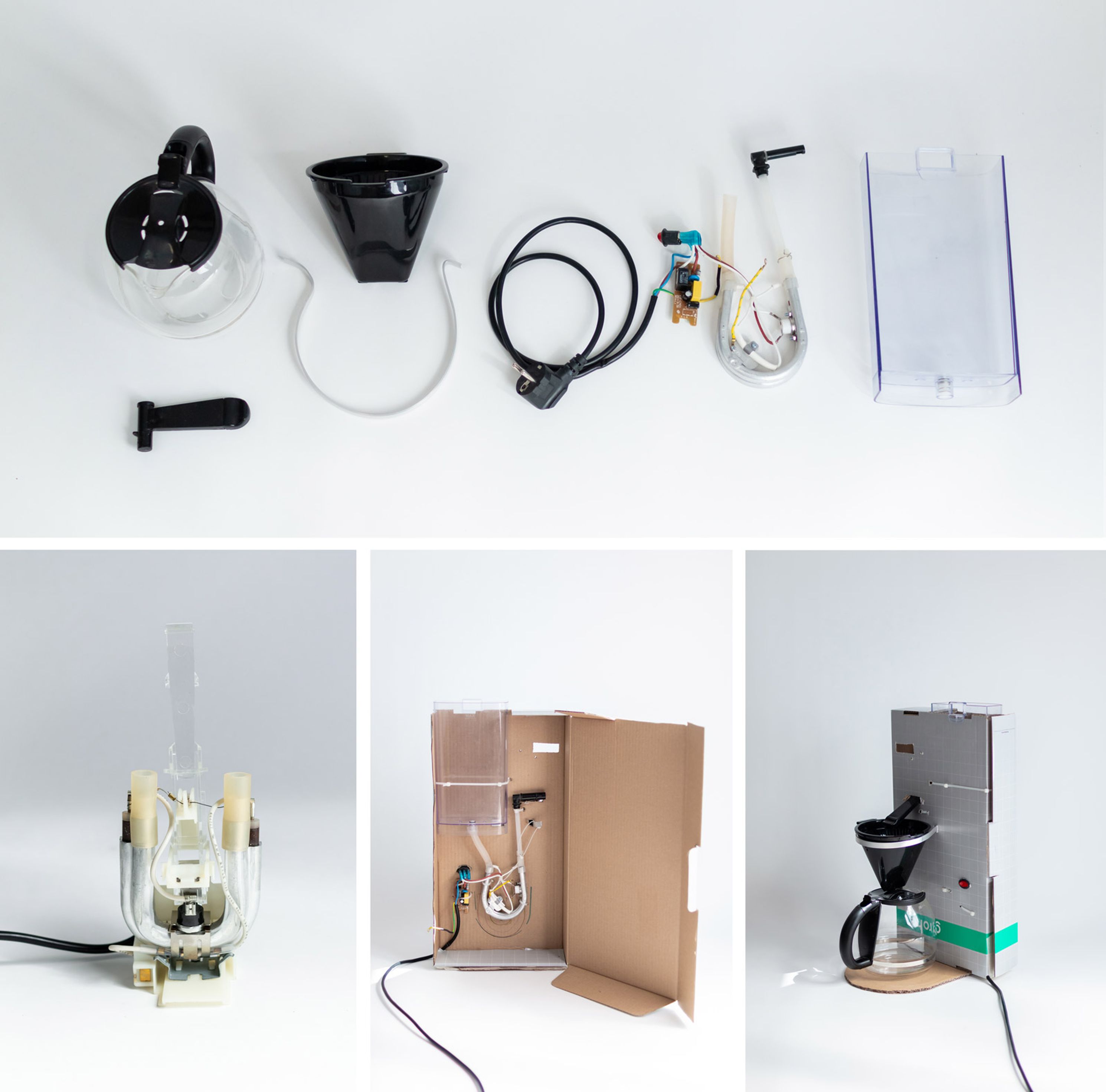
" Inventing the formal language of these neo‑objects"
3/3 Reinject
The third focus area aims to organize access to a large flow of parts from WEEE. Inspired by models like automobile dismantling (GPA) or material recovery (CycleUp, RotorDC), we collaborate with AXED, a network of resource centers, to work on non-repairable items. This partnership, supported by eco-organisms, facilitates the dismantling, storage, and indexing of parts. A digital interface allows sharing this stock with manufacturers, professionals, and individuals. Ultimately, research partnerships in fields like robotics and image recognition would aim to automate and industrialize these processes.
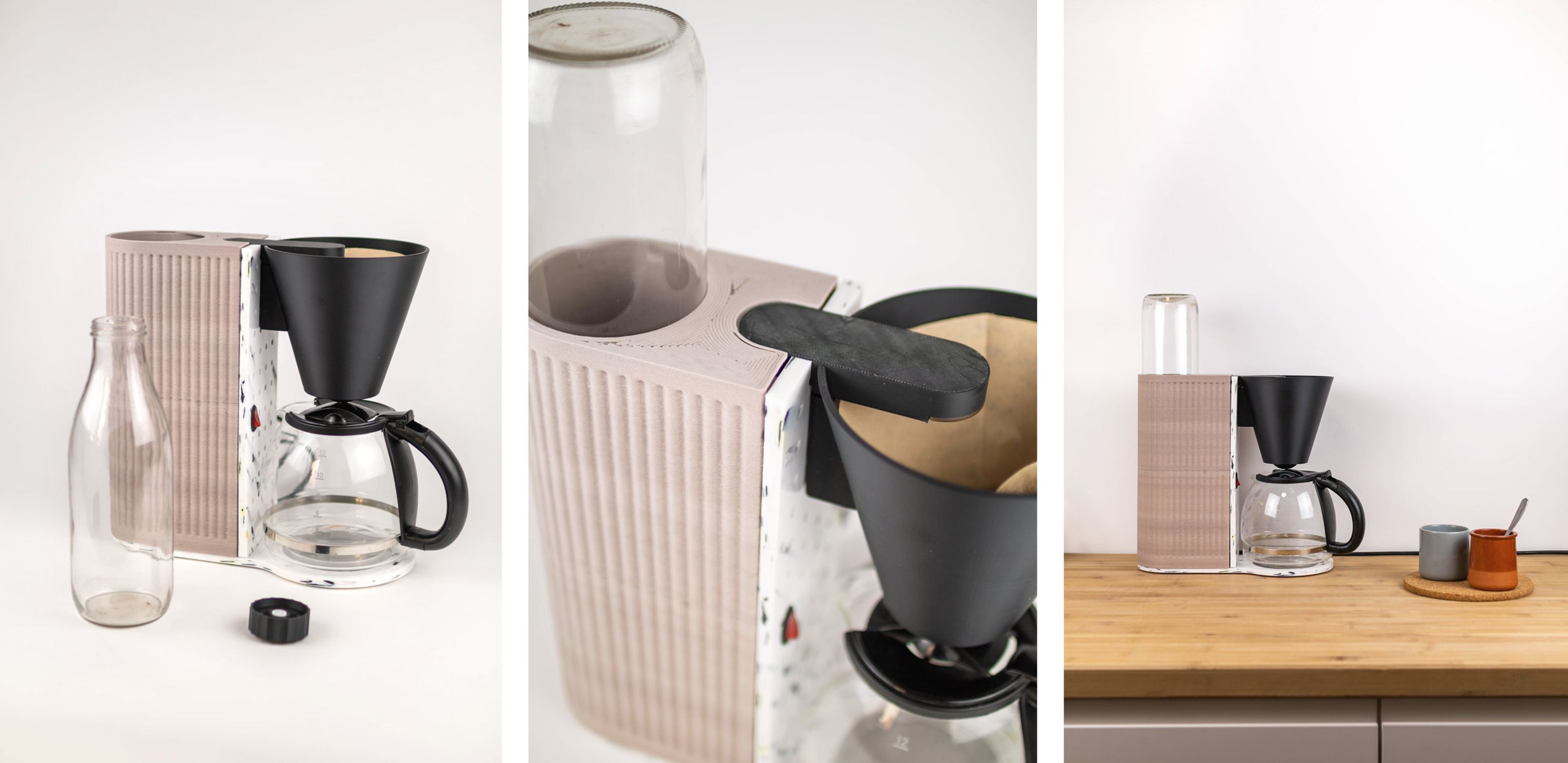
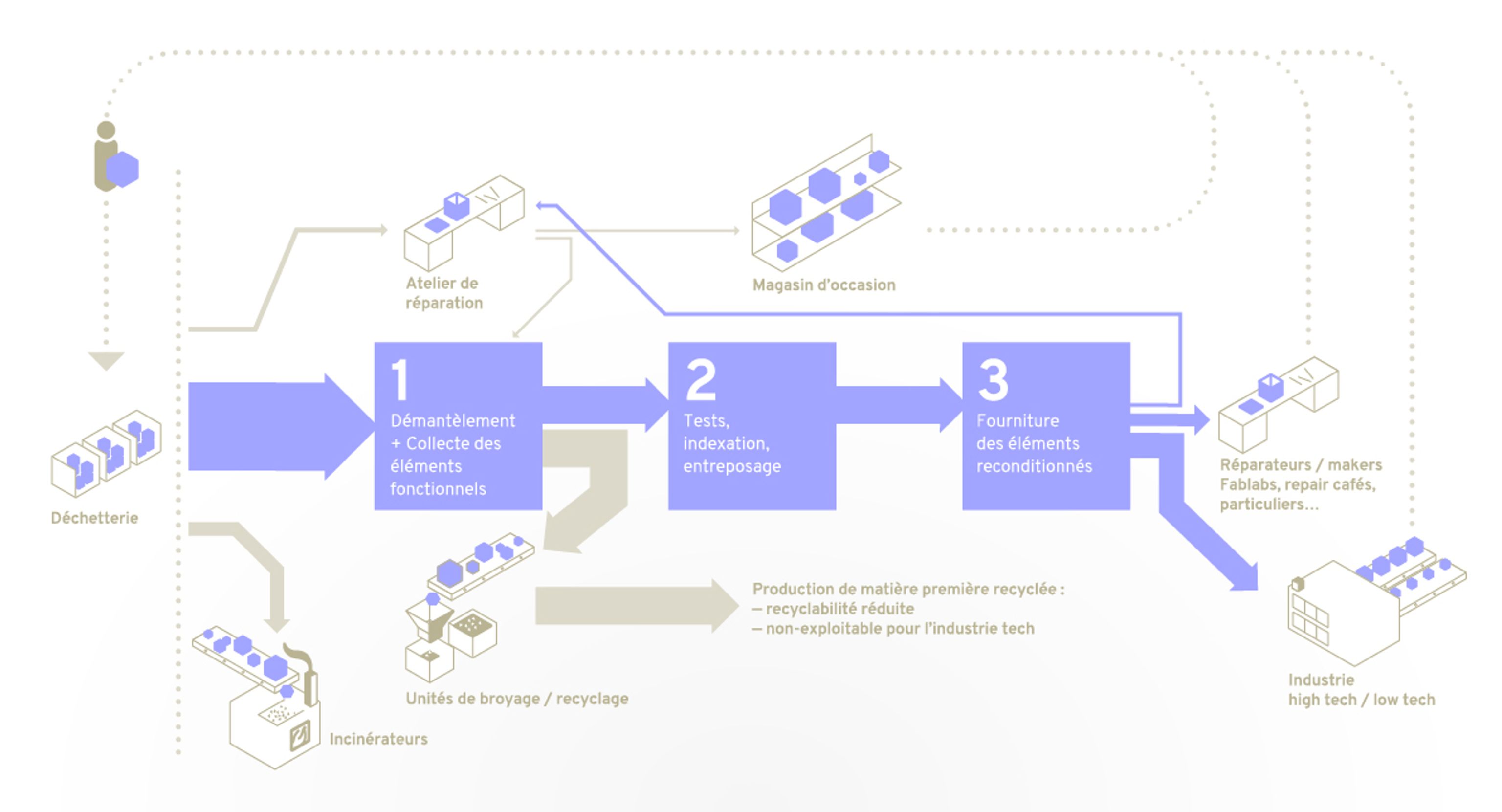
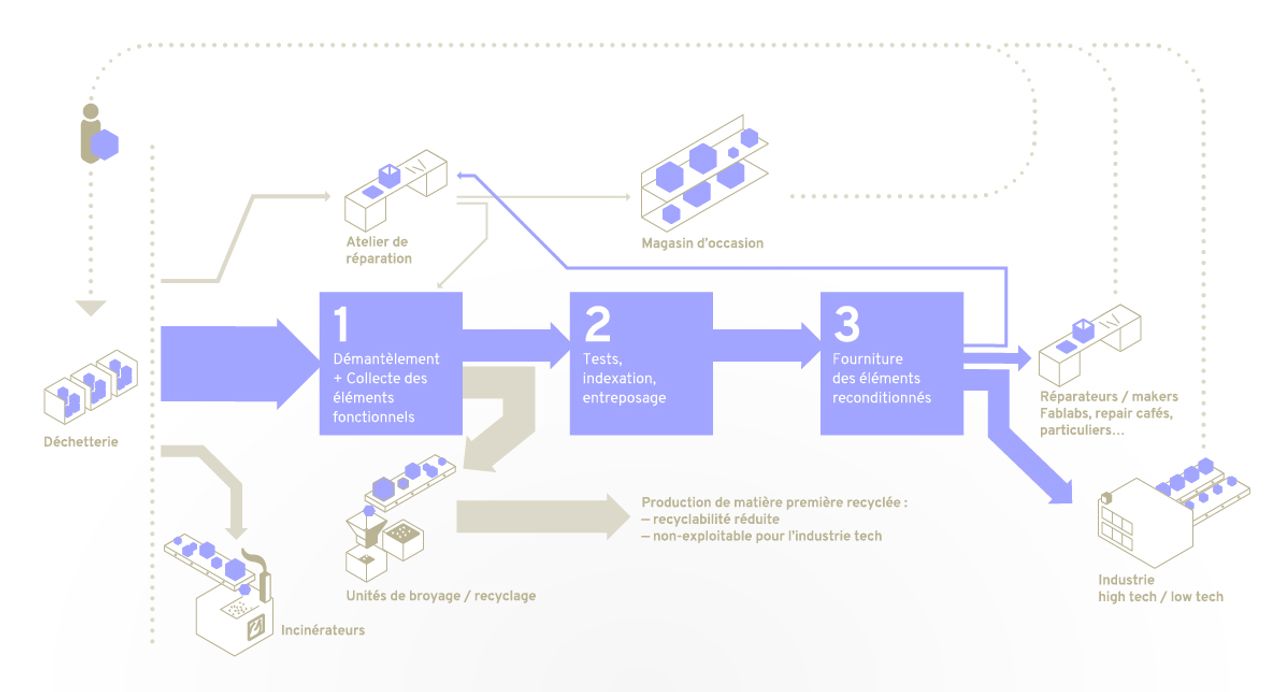
Results
Positive impact
Through this research, we wish to develop the treatment of WEEE, which is a major issue in pollution and resource scarcity.
Circularity
This is the heart of the matter - using electrical and electronic waste as a resource to create new products.
Simplicity
A new way of designing products, to facilitate the repair and use of reused components.
Satisfaction
This manifesto project also aims to make solutions appealing and to lay the foundations for a more virtuous industrial aesthetic.
